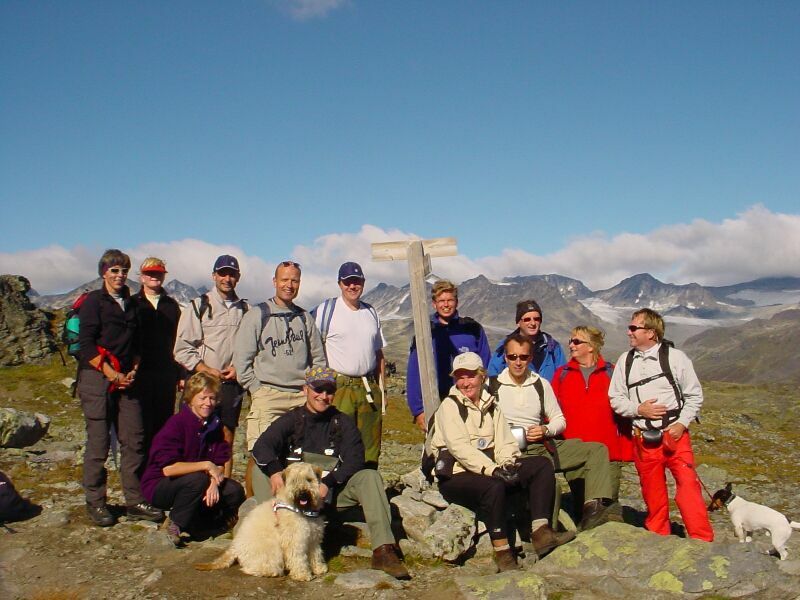The city was an important Dacian political, economic and social centre named Apulon, mentioned by the ancient Greek geographer Ptolemy. After the southern part of Dacia became a province of the Roman Empire, the capital of the Dacia Apulensis district was established here, and the city was known as Apulum. Apulum was one of the largest centers in Roman Dacia and the seat of the XIII Gemina Legion.
In the 9th century, the city was mentioned under the name of Belgrad ("White Citadel"), the Hungarian Gestas mention a ruler named Geula/Gyula/Jula that had discovered the city and made it the capital of his dukedom during 10th century. Following the establishment of the Catholic Transylvanian episcopacy after Stephen I of Hungary adopted Catholicism, the first cathedral was built in the 11th century. The present (Catholic) cathedral was built in the 12th or 13th centuries. In 1442 John Hunyadi, Voivod of Transylvania, used the citadel to make his preparations for a major battle against the Ottoman Turks. The cathedral was enlarged during his reign and served as his place of entombment after his death.
As Gyulafehérvár, Alba Iulia became the capital of the Principality of Transylvania in 1541, a status it was to retain until 1690. It was during the reign of Prince Gabriel Bethlen that the city reached a high point in its cultural history, with the establishment of an academy. Further important milestones in the city's development include the creation of the Batthyanaeum Library in the 18th century, and the arrival of the railway in the 19th century.
The Union MuseumIn November 1599, Michael the Brave, Voivod of Wallachia, entered Alba Iulia following his victory in the Battle of Selimbar and became governor of Transylvania. In 1600 Michael gained control of Moldavia, thereby uniting the three principalities under his rule until his murder in 1601 by Giorgio Basta's agents. Michael's achievement has historic significance for Romanians, representing the first unification of the three Romanian-populated principalities of Wallachia, Moldavia, and Transylvania.
In 1918, tens of thousands of Romanians (the exact number is disputed between Romanian and Hungarian historians) and representatives of the Transylvanian Saxons and other minorities of Transylvania, gathered in Alba Iulia on December 1, now commemorated as Union Day in Romania, to hear the proclamation of the union of Transylvania with the Kingdom of Romania. In 1922, Ferdinand of Romania was symbolically crowned King of Romania in Alba Iulia in an act which mirrored the achievement of Michael the Brave.
The main historical area of Alba Iulia is the upper city, developed extensively by Charles VI of the Holy Roman Empire. The Habsburgs renamed the city Karlsburg in honor of Charles. The upper city's fortress with 7 bastions, in a stelar shape, was constructed between 1716-1735 by Giovanni Morando Visconti, using the Vauban system - the largest of this kind in south-eastern Europe, containing the Gothic Catholic cathedral and the Batthyaneum, a library of rare manuscripts founded in 1794. The tomb of John Hunyadi is also located in the cathedral - which is the most reprezentative building for the Medieval Gothic style in Transylvania, as is that of the Polish-born Isabella Jagello, Queen of Hungary.
View Images





